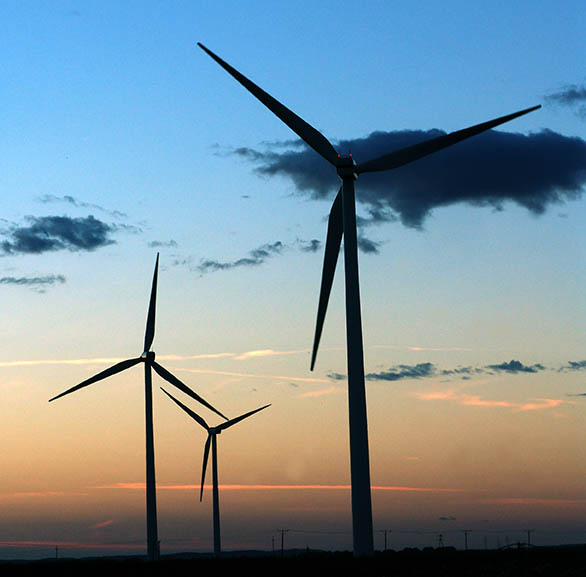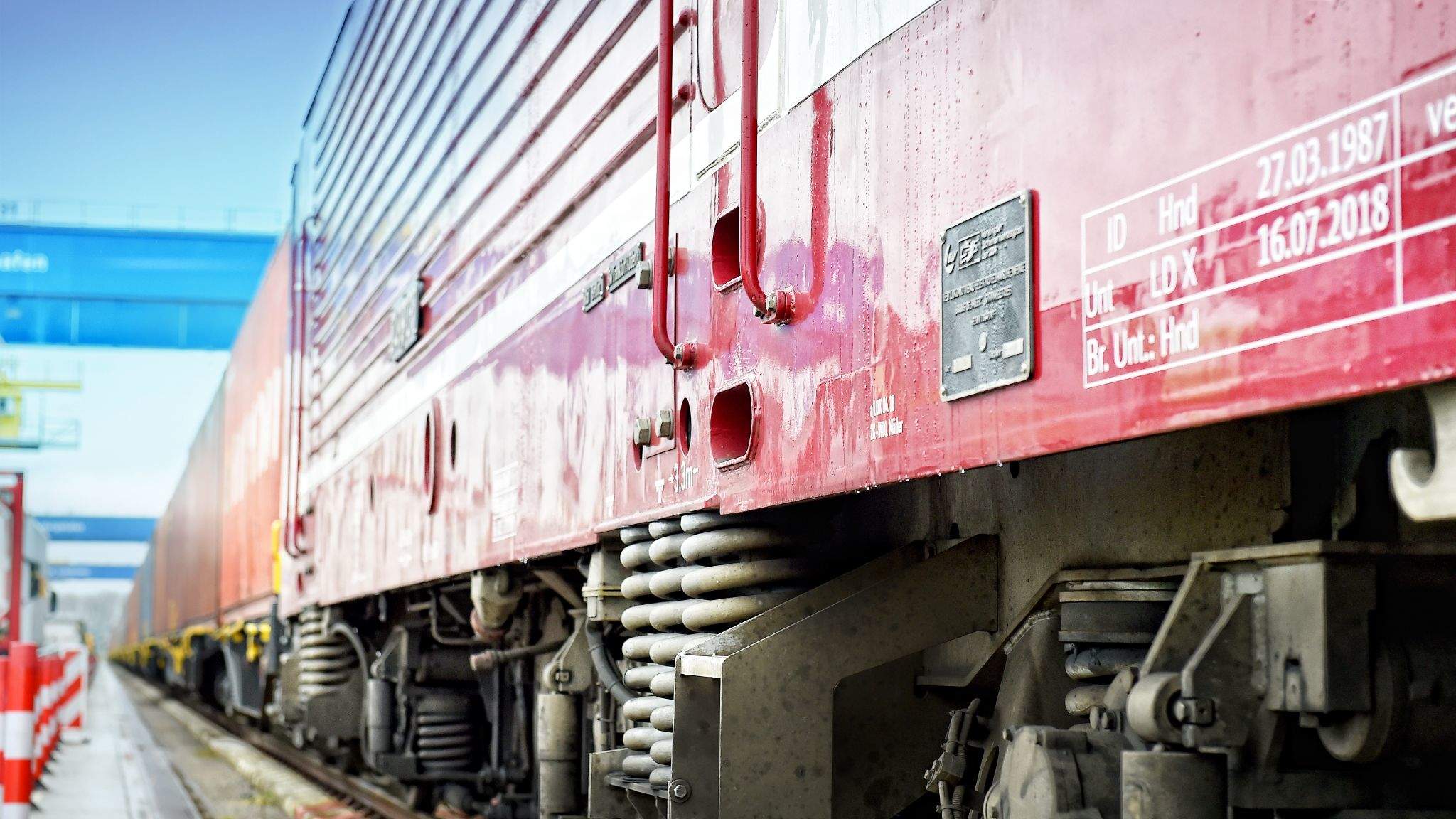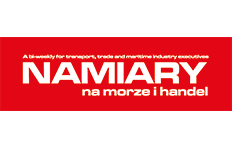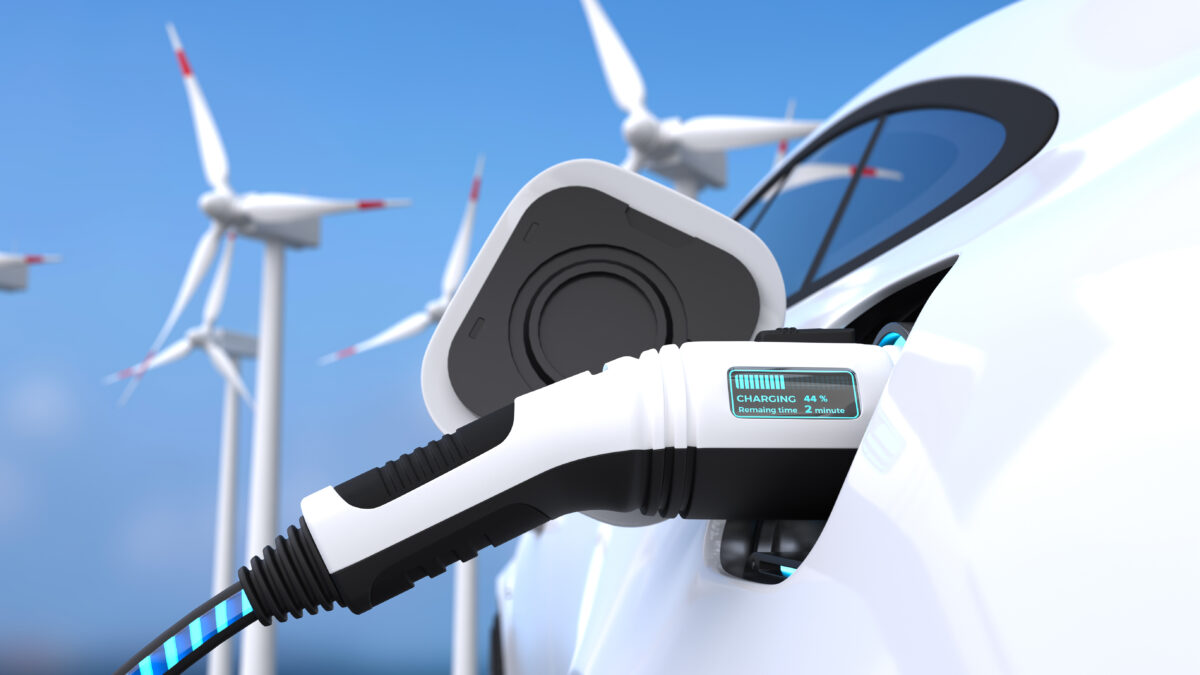
Offshore wind under SAO’s scrutiny
19 September 2022
The war in Ukraine and supply chains
19 June 2023Poland’s automobile transport is only at the beginning of its journey toward going green, while rail transport is already moving toward hydrogen and magnetic rail. Will Polish carriers make it to climate neutrality in transportation by 2050, in line with the European Union’s plans?
The European Commission in February 2023 presented a revision of CO2 emission limits for trucks, i.e. 45% from 2030, 65% from 2035 and 90% from 2040. 2035 will be the cut-off year from which it will not be possible to register vehicles other than battery and hydrogen motor vehicles. A number of EU countries have already begun preparations to support the development of zero-emission road transport. Unfortunately, Poland has not yet taken such action.
Maciej Mazur, managing director of the Polish Alternative Fuels Association, says Directive 2014/94/EU on the development of alternative fuel infrastructure is an important document for the development of electromobility in Polish transport.
– It was thanks to it that the law on electromobility and alternative fuels was introduced into the Polish legal system, which in practice began to create a market for green technologies in Poland. There is already a growing diversification of propulsion sources among passenger vehicles, thereby reducing the share of conventional fuels. The situation is worse for trucking, where a replacement for the long-used diesel that continues to drive the sector is being sought all the time. The changes taking place since 2017, including the introduction of the law on electromobility and alternative fuels, are gradually displacing diesel fuel by alternative fuels such as electricity, hydrogen or gas– explains M. Mazur.
For now, however, despite steadily falling prices for lithium-ion batteries, which are the most expensive component of EVs, electric trucks are still more expensive than their combustion counterparts. M. Mazur believes that supportive subsidies from public funds are required in the initial phase of zero-emission transportation development. Analogous support should extend to their charging infrastructure. Electric trucks require the installation of high-power stations, whose unit prices are much higher than equipment designed for cars and vans. Support systems for heavy transport are already offered in many European countries.
– Unfortunately, the Polish program to support zero-emission vehicles, “Mój Elektryk”, does not provide for subsidies for the purchase of heavy-duty vehicles, the lack of which may lead Polish companies to move to countries where such systems are in place, which may result in the gradual exclusion of other Polish companies from the European transport market. Already, more and more customers expect transport companies to transport their goods with the lowest possible carbon footprint. And without fleet electrification, Polish carriers will not be able to compete for contracts with European customers – M. Mazur warns.
According to the electromobility counter conducted by PSPA and PZPM, by the end of 2022 there were 2293 publicly available electric vehicle charging stations (4431 points) in Poland. Of these, 29% were direct current (DC) fast charging stations, and 71% were slow alternating current (AC) chargers of 22 kW or less. But none of these stations, however, have been adapted to handle large electric trucks.
– In order to ensure that the installed chargers are powerful enough, it is necessary to allocate additional funds for the construction of so-called “hubs” of high-powered fast chargers for trucks, which will replace the current gas stations, explains Jakub Faryś, president of the Polish Automotive Industry Association.
According to the “Polish EV Outlook 2022” report, the development of electromobility on Polish roads will contribute to an increase of 5.5 TWh in electricity demand by 2040. Urban agglomerations, where the number and density of charging stations are highest, may be particularly vulnerable to energy shortages. According to 2019 estimates by the Polish Electricity Transmission and Distribution Association, the cost of increasing the proportion of medium-voltage lines that are cabled from 27% to 75% will be about 48 billion zlotys.
Experts stress that the plan to modernize the electric power system should take into account the development of electromobility, among other things, in order to ensure its adequate capacity for the expansion of high-power charging infrastructure, for electric trucks. This calls for comprehensive planning and expansion of the network of high-power charging points.
Article developed with Namiary na Morze i Handel magazine
phot. Namiary na Morze i Handel magazine






